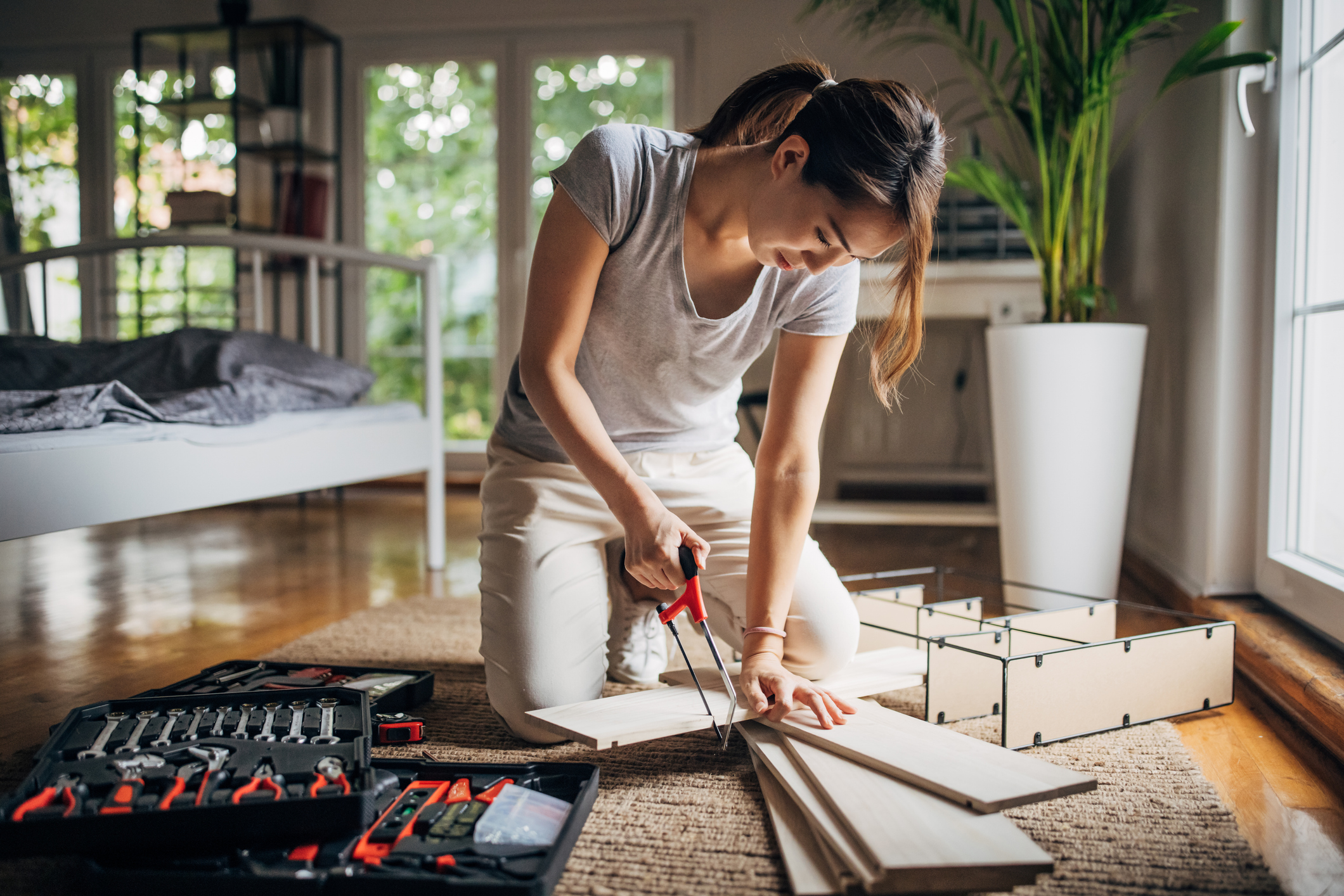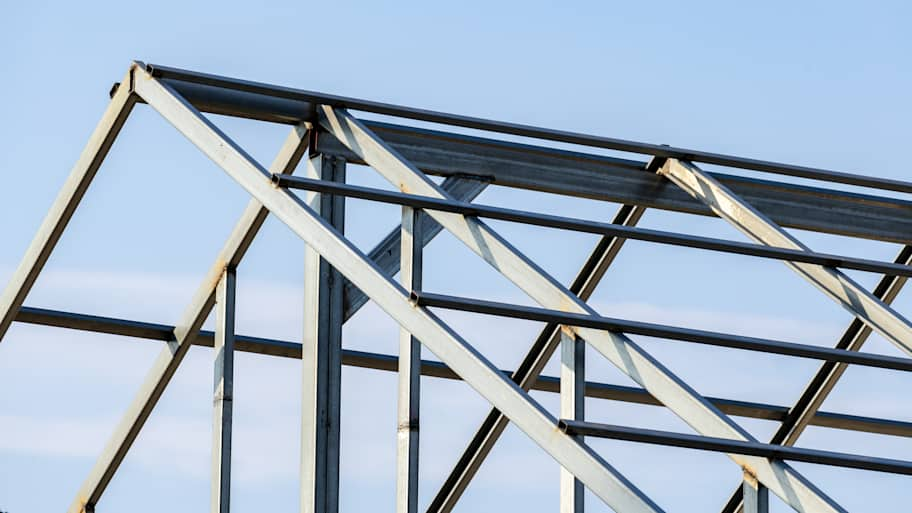
Home elevator costs depend on the size and type of lift, if it needs retrofitting, and the number of floors. Our guide outlines all residential elevator costs.
Perk up your pipes this spring


If the weather is starting to shift to warmer temperatures, it’s the perfect time to learn how to de-winterize a house. With a few simple steps, you can defrost your home and prepare it for the spring and summer with ease. Follow this helpful de-winterizing guide to keep your home running smoothly.
These simple steps should take you no more than an hour to complete.
It’s common to unplug appliances to save on energy for long-term winterization. If a house is going to be empty for months on end, owners may also shut off breakers or take other steps to limit electricity. When returning to a house in warmer months, one of the first steps should be plugging in all the appliances and flipping breakers in the breaker box to bring all electrical circuits back online.
Now is also an excellent opportunity to check that your appliances are still working properly and that no breakers are tripping as you turn everything back on, which could indicate power problems or mismatched electrical needs on a specific circuit.
Make sure all the fixture shutoff valves are in the “off” position. Then, with pliers or a wrench, reconnect flex water supply tubes to all water-supplied appliances, like tubs, sinks, showers, toilets, water heaters, and water softeners.

Take aerators off all faucets on sinks and tubs. If you stuffed drain openings with rags or seals during winterization, unblock them. Or if you (or a winterization company) added antifreeze to floor drains, traps, and toilets, pour a gallon of water down each one to purge the solutions.
Gently and slowly open the main water supply valve halfway. With this gradual approach, you’re helping to prevent a rush to plumbing lines, which could overwhelm the system and cause leaks.
Make sure all exterior spigots open and close properly. Then turn them on and let them run for a few minutes, so they have a chance to purge sediment and air bubbles. You’ll probably hear loud gushing sounds, as trapped air escapes from the pipes. If you note low water pressure—which could signal a leak—call a local plumber for an inspection.
Turn on the water supply to your water heater, boiler, and water softener, listening to make sure water is filling your water heater. Then, address each remaining plumbing fixture one at a time. First, open a sink shutoff valve and turn on that sink’s faucet, letting the water run for a few minutes. As soon as the water runs clear and steady, shut off that faucet.
Meanwhile, repeat with each sink and toilet, letting each toilet tank fill completely. Then do the same with each tub, shower, and your remaining water-filling fixtures, With appliances, like your fridge and dishwasher, check manuals for specific refilling instructions. During this process, have rags or towels at the ready in case of drips. Check for leaks and tighten any joints.
Open your main water supply valve the rest of the way, close the exterior hose bibs, reinstall faucet aerators, and turn on the water heater once it’s full.
After you’ve turned on the primary water supply, follow the same steps for your water heater, water softener, and boiler. Follow the manufacturer’s instructions to reboot each system, typically in separate valves near pipes connecting to the water system.

In all likelihood, you turned down your thermostats to save on heating costs while you were out of town. Now’s the time to reprogram it to a comfortable temperature. Or, if spring warmth is already in full effect, program your air conditioner to keep you cool. While you’re in programming mode, don’t forget to hook up your security system.
Another step for winterizing an empty home is turning off gas and water lines. This important precaution helps prevent any accidents, fire hazards, or damaged pipes during harsh winter storms.
Turn on the main line for gas: If it’s a new house, you can usually find the valve right before the gas meter, usually located on the side of the house. Test the furnace, stove, fireplace, and any other systems that use natural gas to make sure they’re working properly.
Standing pilot lights refer to the pilot lights that must be manually lit after being turned off for long periods away. While you may not need all pilot light systems (like fireplaces) for the warmer months, you should still turn on all pilot lights to ensure they work and don’t have any noticeable problems.
Standing pilot lights are more common on furnaces and fireplaces, and less common for stoves and ovens. Check any gas appliances if you aren’t sure.
Sump pumps are basement systems designed to pump out drained water from basements, which prevents flooding and other serious issues. Sometimes sump pumps are left on in a winterized home to prevent winter flooding, and other times they are turned off along with all other appliances.
If the sump pump in a house is off, you should turn it back on and test it to ensure it’s operating correctly. Connect any disconnected drain lines. Get the sump pump working again before big winter snows melt or before heavy spring showers start.
It’s important to clean your gutters before and after winter. Once the thaw fully sets in, take time to clean out the gutters once again. Fall leaves and winter storms tend to fill them up again, and it’s important that they’re ready for spring downpours. If you have a significant problem with gutters that fill with debris, look into installing gutter guards or covers to block leaves from piling up.
If you unplugged a few appliances during your winterization process (ranging from TVs to electric stoves), go ahead and plug these devices back into your electric system. Test out each outlet to ensure it’s working properly, providing extra time for major appliances to readjust.
Since both winterizing and de-winterizing are relatively simple, you should be able to easily and quickly handle these tasks yourself. However, if you’d rather outsource these jobs, contact specialized pros for the most difficult tasks, such as a local HVAC technician for heating and cooling system concerns. An annual HVAC tune-up costs about $150, depending on your location and the type of system.
From average costs to expert advice, get all the answers you need to get your job done.

Home elevator costs depend on the size and type of lift, if it needs retrofitting, and the number of floors. Our guide outlines all residential elevator costs.

Brick walls can add character and elegance to interior and exterior spaces. Use this brick wall cost guide to see the price range for adding one to your home.

Installing a dumbwaiter can save you time and energy. Learn how much a dumbwaiter costs with this guide.

Don’t let your DIY project drain your wallet. Homeowners and professionals share tips on keeping costs down when tackling home improvement projects.

Removing popcorn ceiling requires skills, patience, and safety measures. Use this guide on how to remove popcorn ceiling to get started on your project.

Your metal stud framing cost depends on multiple factors, including the project's size, the gauge of steel, and labor prices in your location, plus add-ons.